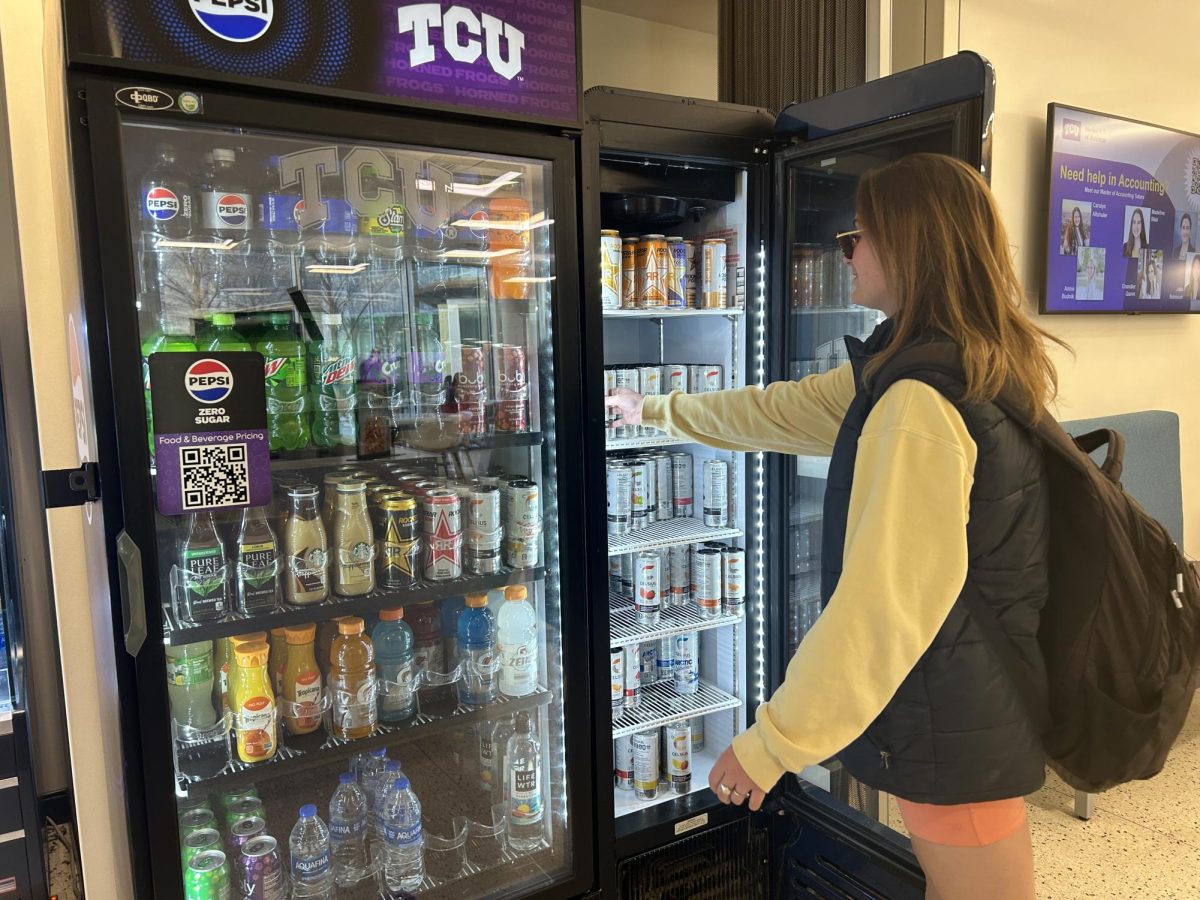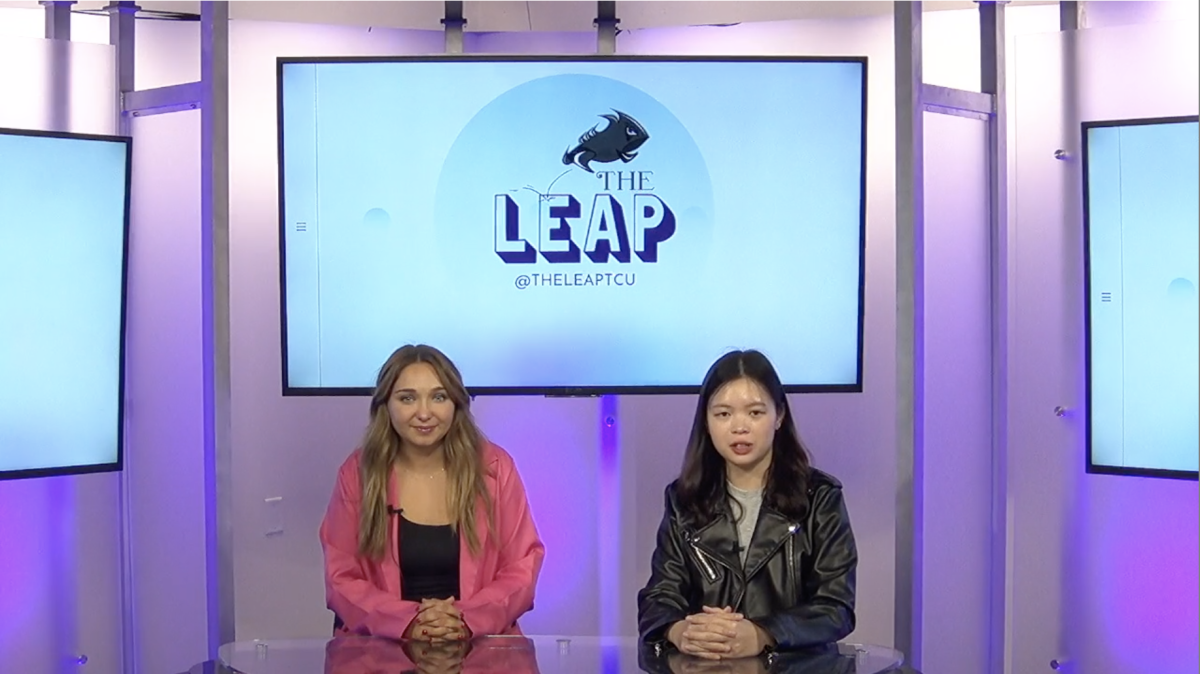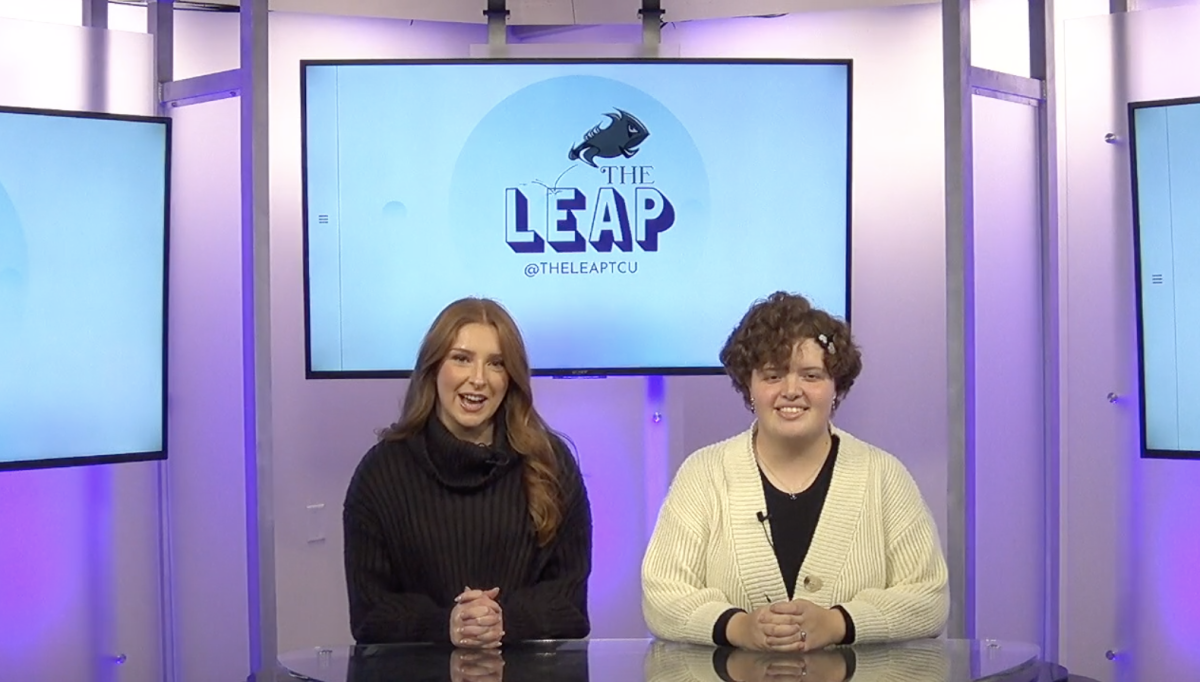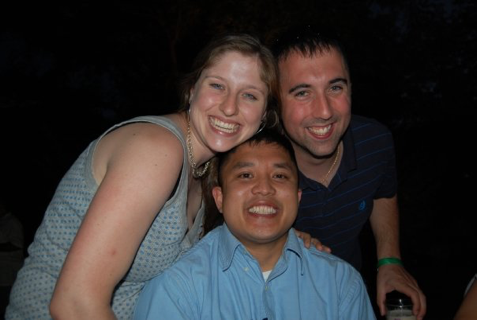Fads come and go. Some come with a commercial following, some with an unrealistic allure – but I’m not talking about snuggies or sudoku here. It’s electronic dance music, and it’s taking over the bodies and ears of youth all over the world.
House music, as it is also referred to, is nothing new and in fact originated over 30 years ago in urban Chicago and Detroit. The concept was designed to reassemble mundane disco tracks and give them greater appeal.
My first experience with house music was the 2003 flamboyant faux-documentary “Party Monster” starring Macaulay Culkin and Seth Green as colorful ravers and drug addicts in the late 80s and early 90s who threw theatrical, techno-beat dance parties in the New York club scene. As radical as the dress and attitude was in the flick, it bears a striking resemblance to our generation’s electro movement.
I cannot honestly say I am a big fan of the electro scene, partially because I feel that it (along with AutoTune) is taking away the authenticity of the music. I like to consider myself somewhat of a non-conformist, but I can definitely see the appeal of house music. Electro is different from any other genre of music: it has its own style, it’s fresh and unfamiliar. Electro has been huge on the music scene across the globe, and has only begun its reign over the American fan base in recent years.
“When I talk to my European DJ friends, they can’t believe it. It used to be hard for them to come [to America] and tour, except of course for Chicago and Detroit. But aside from those cities it was always marginal,” canadian electro DJ Alain Macklovitch, who most know as “A-Trak” said in an interview with The Huffington Post.
There is no question that times have changed, especially considering the amount of American house festivals like Monster Massive, Identity Festival, Together as One and Electronic Daisy Carnival that currently draw in over 100,000 fans and bring in millions of dollars yearly.
Another reason for the rise to fame of the genre is that over time house music has developed the ability to integrate itself with music from various genres that we all know and love. Rappers Jay-Z, Kanye West and Pitbull along with pop princesses Katy Perry, Britney Spears and Lady Gaga all released tracks over the summer that incorporated a “dubstep” beat. This brings about a sense of familiarity to many mainstream fans who prefer not to step out of their musical comfort zone. Although this is probably highly agitating to true house music enthusiasts, it is almost crucial for mainstream artists to get in on the house music mania, because let’s face it–that’s where the money is.
As always, with any new party-driven revolution, comes the negative stigmas generally associated with them. Many opposers believe that fans of this genre are using illegal drugs with the festivities. Although there may be some truth to that, it is more likely the draw of something different that fuels the thrill. Electronic dance music for some is liberating. Dancing is an outlet for frustration, a reason not to worry, a release. Young adults are tired of listening to music about heartbreak and reasons to be sad, and instead are looking to individualize themselves and feel liberated.
Whatever your thoughts, house music has made a place for itself all over the world, and has yet to show any signs of slowing down.






